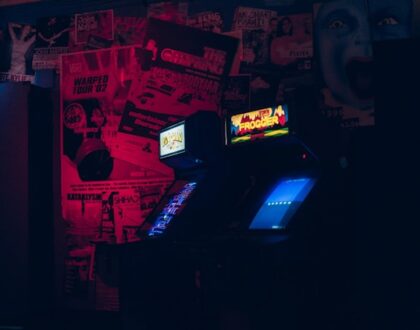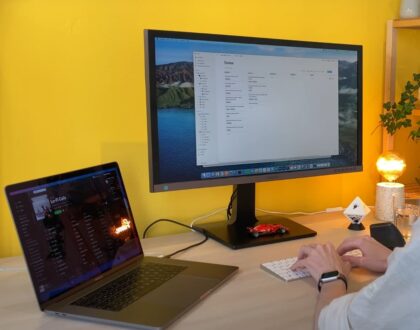How to Create VR Games: A Comprehensive Guide
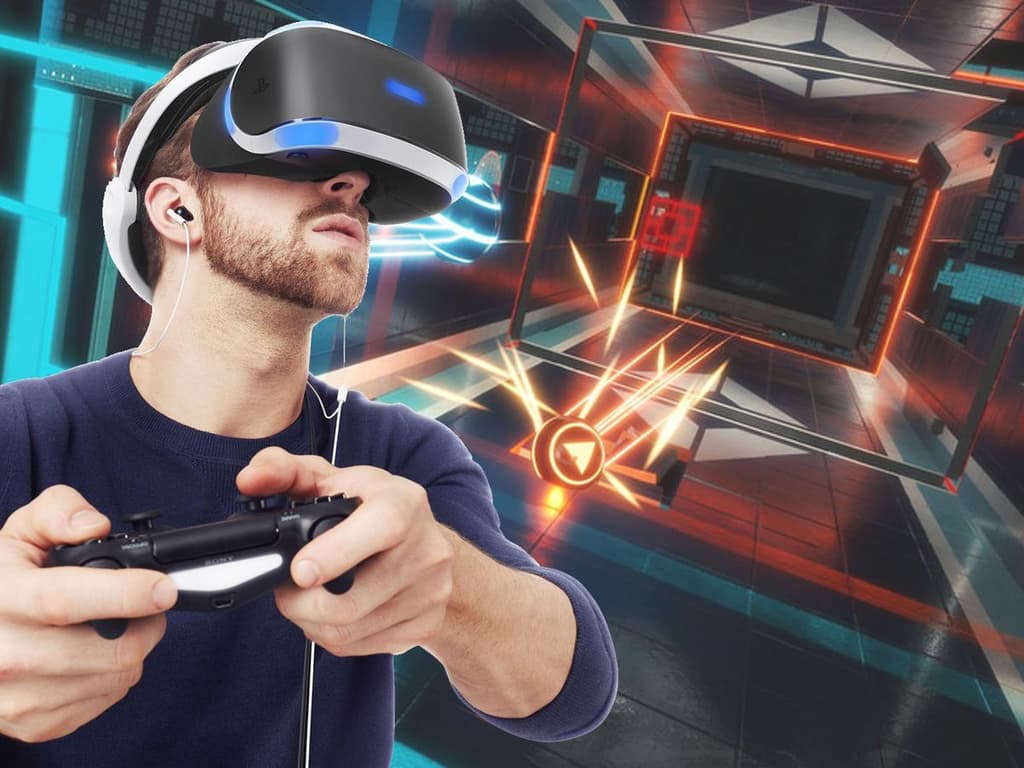
Welcome to the fascinating world of virtual reality (VR) game development! Whether you’re a seasoned developer or just starting, this guide offers valuable insights and practical steps to help you create immersive and engaging VR games. Read on to discover how to navigate the complexities of VR game creation and transform your creative ideas into captivating virtual experiences.
This article delves into various crucial aspects of VR game development, from understanding the foundational technology to deploying and monetizing your games. By the end, you’ll be equipped with the knowledge to start your VR development journey or enhance your existing skills in this rapidly evolving field.
Introduction to Virtual Reality Game Development
Virtual reality game development stands as a multidimensional challenge that involves more than just coding skills. It integrates aspects of design, storytelling, and technical proficiency, all tailored to create immersive environments that transport players to entirely new worlds. Let’s explore the basic elements that make up the structure of VR game development.
Starting your journey in VR development requires a grasp of the key concepts such as spatial audio, 3D modeling, and user interaction. These elements are crucial in creating a realistic and engaging VR experience that can captivate users and keep them coming back for more.
Understanding VR Platforms and Their Requirements
Each VR platform, from Oculus Rift to HTC Vive and PlayStation VR, has specific technical requirements and user demographics. Knowledge of these platforms will guide your development process, helping you to tailor your games appropriately and utilize the strengths of each system effectively.
Developing for different platforms means understanding their hardware capabilities, such as tracking systems and controller types, as well as their software environments. This knowledge is crucial for optimizing your game’s performance and ensuring a seamless user experience.
Setting Up Your Development Environment
Creating an efficient development environment is pivotal for VR game development. This setup involves choosing the right hardware, installing necessary software, and configuring your tools to streamline your workflow. Let’s walk through the steps to build a robust development environment.
Your choice of computer hardware and graphics processing power can significantly affect your development speed and the quality of the final VR experience. Moreover, selecting a development platform like Unity or Unreal Engine that fits your game concept and skill level is essential for efficient development.
Essential VR Game Development Tools and Software
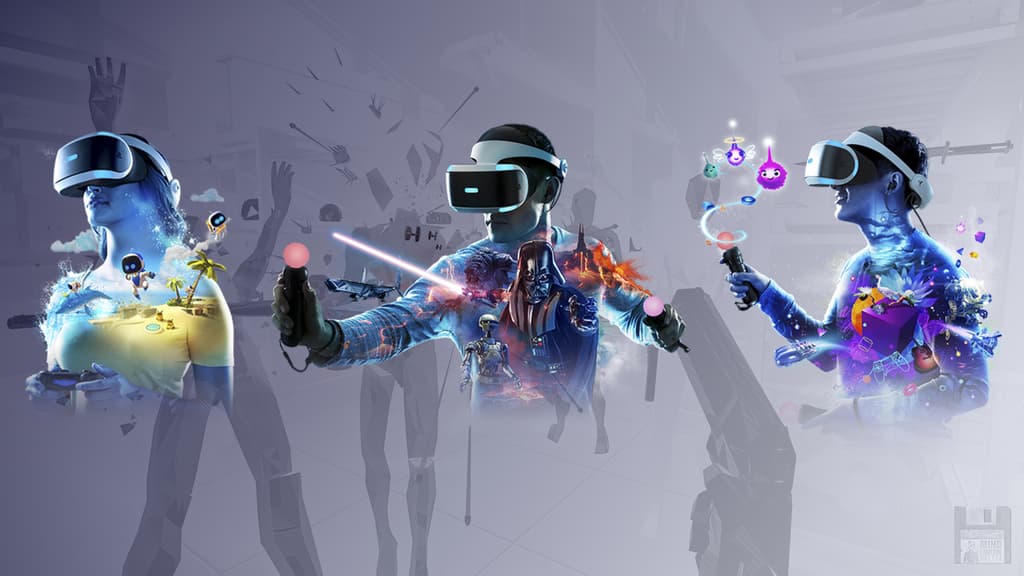
Various tools and software are integral to developing VR games. Utilizing engines like Unity or Unreal Engine, which offer built-in support for VR development, can dramatically simplify the creation process by providing robust tools tailored for VR.
In addition to game engines, using specialized software for modeling, texturing, and animating can enhance the realism and interactivity of your VR game. Incorporating these tools effectively into your workflow is key to crafting a compelling virtual reality experience.
Designing for VR: Concepts and Considerations
Designing for VR involves unique considerations compared to traditional game design. This includes accounting for user comfort to prevent motion sickness, and creating intuitive interactions that take advantage of VR’s immersive potential.
It is vital to design gameplay that maximizes the use of spatial environments, encouraging exploration and interaction that feel natural and engaging. This approach ensures that players remain fully immersed in the VR experience without discomfort.
Creating Immersive 3D Environments for VR
The heart of any VR game is its environment. This is where players spend their time and where much of the game’s narrative unfolds. Crafting detailed and interactive 3D environments is crucial for a successful VR game.
Techniques like photogrammetry can be employed to create highly realistic textures and models, which are essential for building believable VR worlds. Ensuring that these elements are well optimized will contribute significantly to the overall performance of the game.
Developing Interactivity in VR Games
Interactivity is what sets VR apart from other forms of media. It allows players to manipulate objects, solve puzzles, and interact with the game world in intuitive ways. Developing these interactive elements requires careful planning and testing to ensure they feel natural.
Using VR controllers, developers can create a variety of interactions, from simple hand gestures to complex mechanics that mimic real-world actions. This level of interactivity can significantly enhance the player’s immersion and engagement with the VR game.
Best Practices for VR User Interface and UX Design
A user-friendly interface and a smooth user experience are essential for keeping players engaged in a VR game. Best practices in VR UI/UX design focus on minimizing user strain and maximizing intuitive interaction.
Implementing a UI that integrates naturally into the virtual world can make for a more immersive experience. Menus and interactive elements should be placed within easy reach and designed to be easily navigable with VR controllers, enhancing the user’s interaction with the game.
Optimizing Performance and Quality in VR Games
Optimization is crucial in VR development to ensure smooth gameplay and high-quality visuals that are free from latency and other disruptions that can break immersion and cause discomfort.
Efficient use of resources, such as by reducing the resolution of distant objects or using less complex physics calculations, can help maintain a consistent frame rate and improve the overall performance of your VR game.
Testing and Debugging Your VR Game
Comprehensive testing is essential to iron out any bugs and ensure your VR game runs smoothly on all intended platforms. This phase involves rigorous testing of all game elements, from individual scripts to complete gameplay sequences.
Debugging in VR can be challenging due to the complexity of interacting systems. It requires a methodical approach to identify and fix issues, often involving repeated testing cycles that focus on specific areas like user interaction or environmental response.
Launching Your VR Game: Distribution Platforms and Marketing Strategies
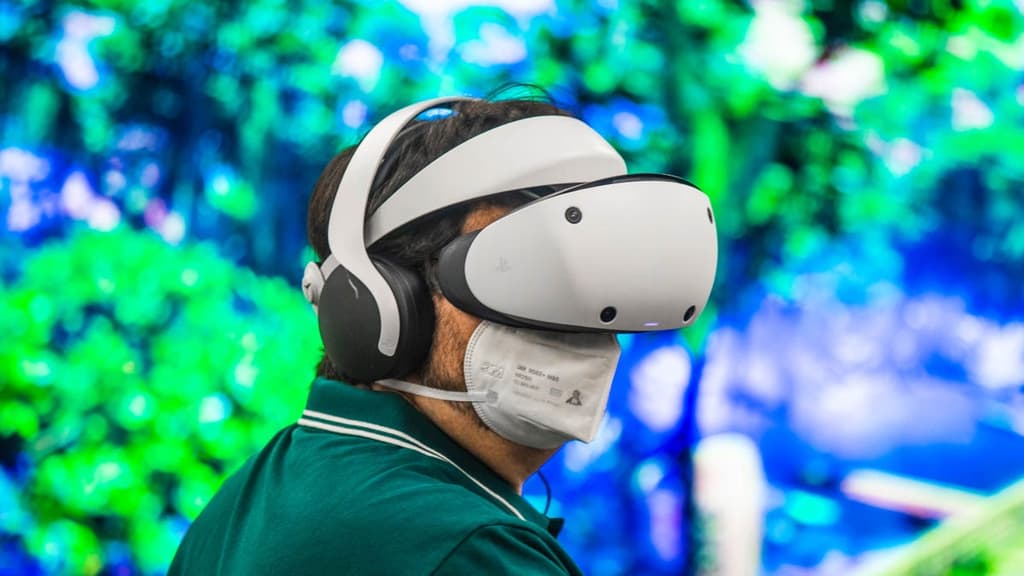
Choosing the right platform to launch your VR game can greatly affect its success. Major VR platforms like SteamVR, Oculus Store, and PlayStation VR offer different audiences and benefits. Understanding these can help you target your marketing efforts more effectively.
Effective marketing strategies for VR games often involve demos, trailers, and partnerships with influencers in the VR space. These tactics can help create buzz and drive user engagement even before your game launches.
Monetizing Your VR Game: Models and Strategies
There are several ways to monetize a VR game, including direct sales, subscriptions, and in-game purchases. Choosing the right monetization strategy depends on your game’s target audience and the value it offers.
It is important to balance monetization with user experience to avoid detracting from gameplay. Transparent monetization strategies that offer genuine value can foster goodwill and encourage player investment in your VR game.
Keeping Up with VR Trends and Future Technologies
Staying informed about the latest trends and technologies in VR can provide you with insights that could be crucial to the success of your current and future projects. Emerging technologies like augmented reality (AR) integration and AI-driven game elements are shaping the future of VR games.
Engaging with the VR development community and participating in forums and conferences can help you stay ahead of the curve and adapt to changes that could impact the VR landscape significantly.
